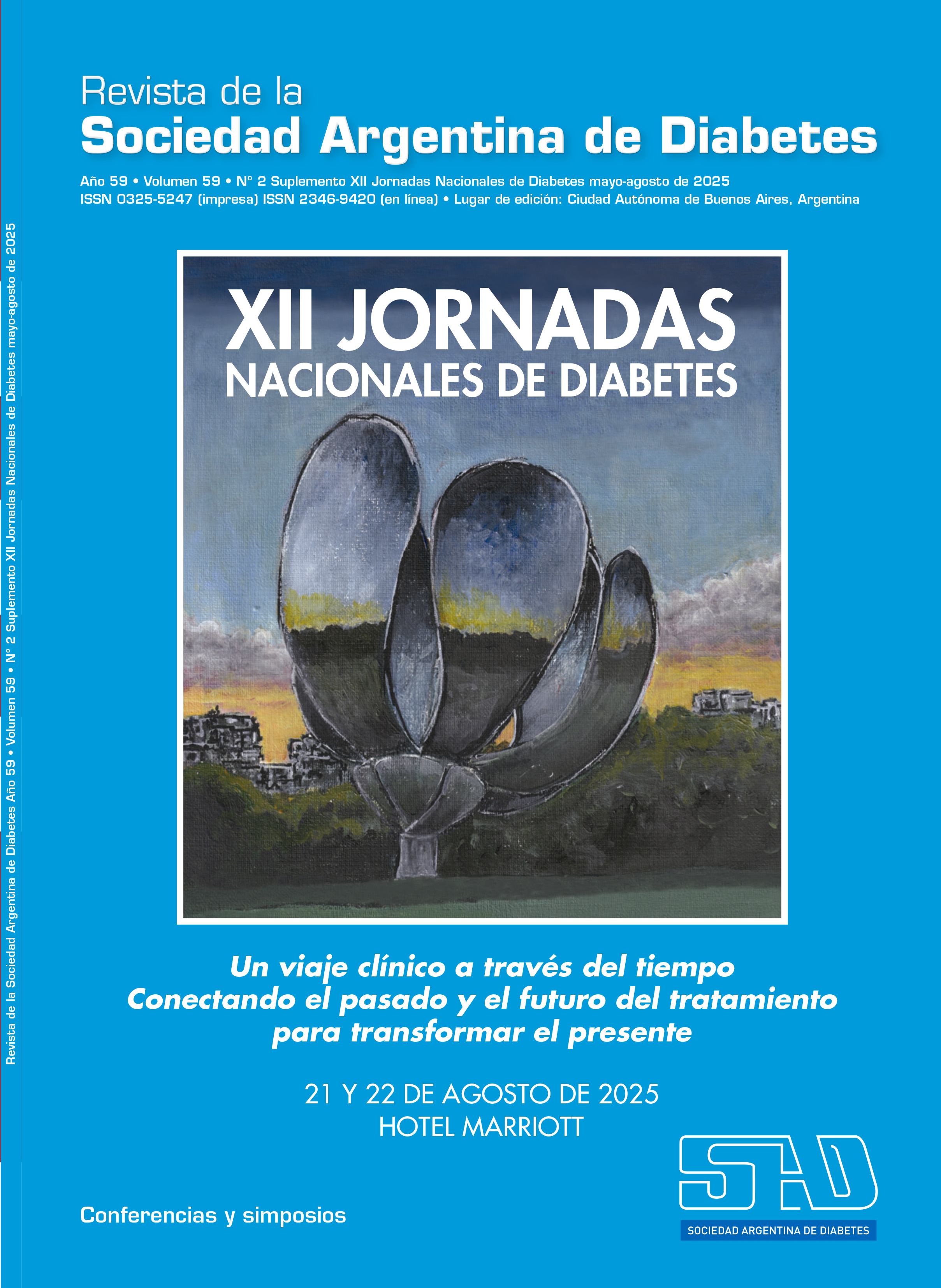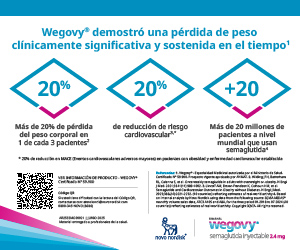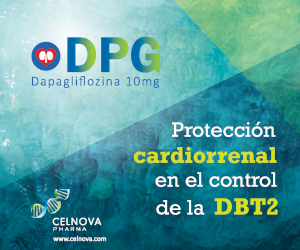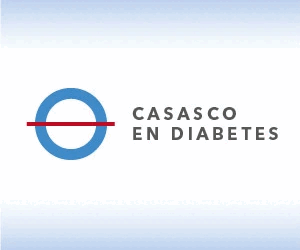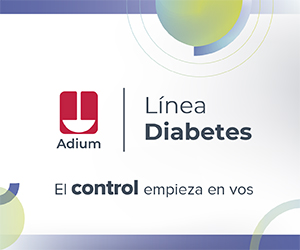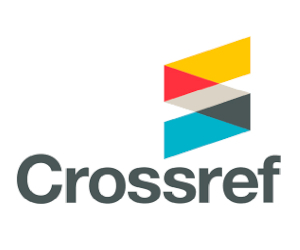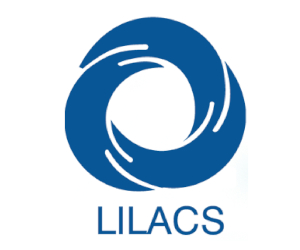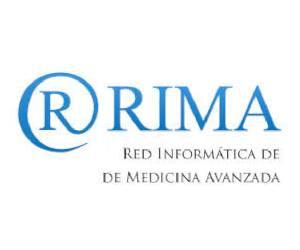Algorithm based on immunogenetic predisposition
DOI:
https://doi.org/10.47196/diab.v59i2Sup.1210Keywords:
type 1 diabetes, immunogenetic predisposition, algorithmAbstract
Type 1 diabetes mellitus (T1DM) is an autoimmune disease that develops from a complex interaction between genetic, immunological, and environmental factors. The ISPAD 2024 guidelines highlight the importance of algorithms based on immunogenetic predisposition as key tools for early detection and risk stratification of progression to clinical T1DM.
Genetic risk is strongly influenced by HLA haplotypes, especially DR3-DQ2 and DR4-DQ8, which account for approximately 50% of the inherited risk. In addition, non-HLA genes such as INS and PTPN22 also contribute significantly. The combination of these factors in genetic risk scores has been shown to improve sensitivity (70–80%) and specificity (85–90%) in predicting islet autoimmunity and T1DM.
The detection of autoantibodies against beta-cell antigens (IAA, GADA, IA-2A, and ZnT8A) allows for the identification of preclinical stages of the disease. The presence of two or more autoantibodies in asymptomatic individuals defines stage 1, while the onset of dysglycemia marks stage 2. These markers, combined with genetic and metabolic data (HbA1c, fasting glucose, OGTT), allow for the development of predictive algorithms that guide follow-up and early intervention.
Population-based and family screening programs, supported by these algorithms, have been shown to significantly reduce the incidence of diabetic ketoacidosis at the time of diagnosis. Furthermore, they have facilitated the inclusion of patients in prevention clinical trials, such as the use of teplizumab, an anti-CD3 antibody approved by the Food and Drug Administration (FDA) to delay progression from stage 2 to 3.
Together, immunogenetic predisposition-based algorithms enable precision medicine, aimed at intervening before irreversible beta-cell damage occurs, thereby improving patients' prognosis and quality of life.
In conclusion, immunogenetic predisposition-based algorithms represent a powerful tool for anticipating the onset of T1D, facilitating early interventions, personalized education, and participation in preventive clinical trials.
References
I. Haller MJ, Bell KJ, Besser REJ, et al. ISPAD Clinical Practice Consensus Guidelines 2024. Screening, staging, and strategies to preserve beta cell function in children and adolescents with type 1 diabetes. Hormone Research in Paediatrics 2024;97(6):529-545.
II. American Diabetes Association. Professional Practice Committee. Children and adolescents: Standards of Care in Diabetes 2025. Diabetes Care 2025;48(Suppl.1): S283-S305.
III. Krischer JP, Liu X, Lernmark A, et al. Predictors of the initiation of islet autoimmunity and progression to multiple autoantibodies and clinical diabetes: the TEDDY Study. Diabetes Care 2022;45:2271-2281.
IV. Phillip M, Achenbach P, Addala A, et al. Consensus guidance for monitoring individuals with islet autoantibody‑positive pre‑stage 3 type 1 diabetes. Diabetologia 2024;67:1731-1759.
Downloads
Published
Issue
Section
License
Copyright (c) 2025 on behalf of the authors. Reproduction rights: Argentine Diabetes Society

This work is licensed under a Creative Commons Attribution-NonCommercial-NoDerivatives 4.0 International License.
Dirección Nacional de Derecho de Autor, Exp. N° 5.333.129. Instituto Nacional de la Propiedad Industrial, Marca «Revista de la Sociedad Argentina de Diabetes - Asociación Civil» N° de concesión 2.605.405 y N° de disposición 1.404/13.
La Revista de la SAD está licenciada bajo Licencia Creative Commons Atribución – No Comercial – Sin Obra Derivada 4.0 Internacional.
Por otra parte, la Revista SAD permite que los autores mantengan los derechos de autor sin restricciones.



